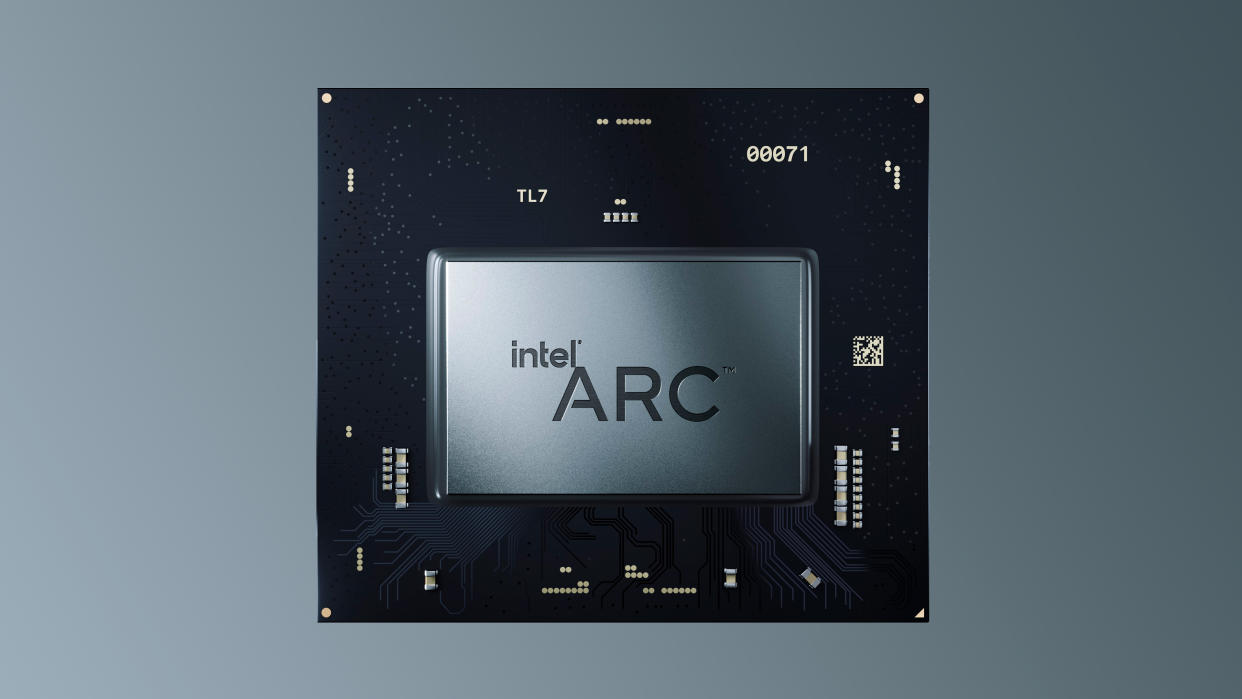Intel's Never-Released Arc A580 Purportedly Gets Benchmarked

When Intel presented its lineup of Arc A-series graphics cards for desktops last year, the company announced four graphics cards: the Arc A770, Arc A750, Arc A580, and Arc A380. But for an unknown reason, the Arc A580, based on a cut-down ACM-G10 GPU, has never made it to market. But someone with access to an alleged Arc A580 graphics card has not only tested it in GFXBench 5.0 (via @Komachi_Ensaka) but also uploaded its performance numbers to the database. As with any unofficial benchmarks, take the numbers with a grain of salt.
The alleged Intel Arc A580 was tested in GFXBench 5.0 with a Vulkan-based renderer. The results look odd compared to Intel's Arc A770, as the unreleased device is massively behind. This could be due to any number of things, like immature drivers for an unreleased product, certain hardware or software problems, or the results could be fake. However, at least the device outperforms Intel's Arc A380 by a noticeable margin.
It should be noted that GFXBench — a cross-platform graphics benchmark designed to test everything from smartphones to high-end gaming desktops — is not the best way to determine the performance of desktop PC hardware, both because it does not test advanced capabilities of modern GPUs, like real-time ray tracing, and because it cannot push high-end graphics cards to their limits.
Intel's Arc A580 graphics card was meant to use the ACM-G10 graphics processor with only 3072 stream processors enabled and equipped with 8GB of memory. The product would sit below Intel's Arc A770 (4096 SPs) and Arc A750 (3584 SPs) and serve as the company's cheapest solution for gamers. Since Intel planned to use severely cut-down ACM-G10 GPUs for the product, it would probably be able to supply a boatload of such graphics cards, but for some reason, it decided not to launch it. That's possibly because the higher-end A770 and A750 can barely compete against midrange offerings from AMD and Nvidia.
It is hard to guess whether the publication of the benchmark is meant to show that Intel still plans to proceed with its launch, offering an ultra-cheap solution for gamers, or that someone is just playing with a pre-production sample. Of course, we also cannot exclude the possibility that the results are just simply fake.

